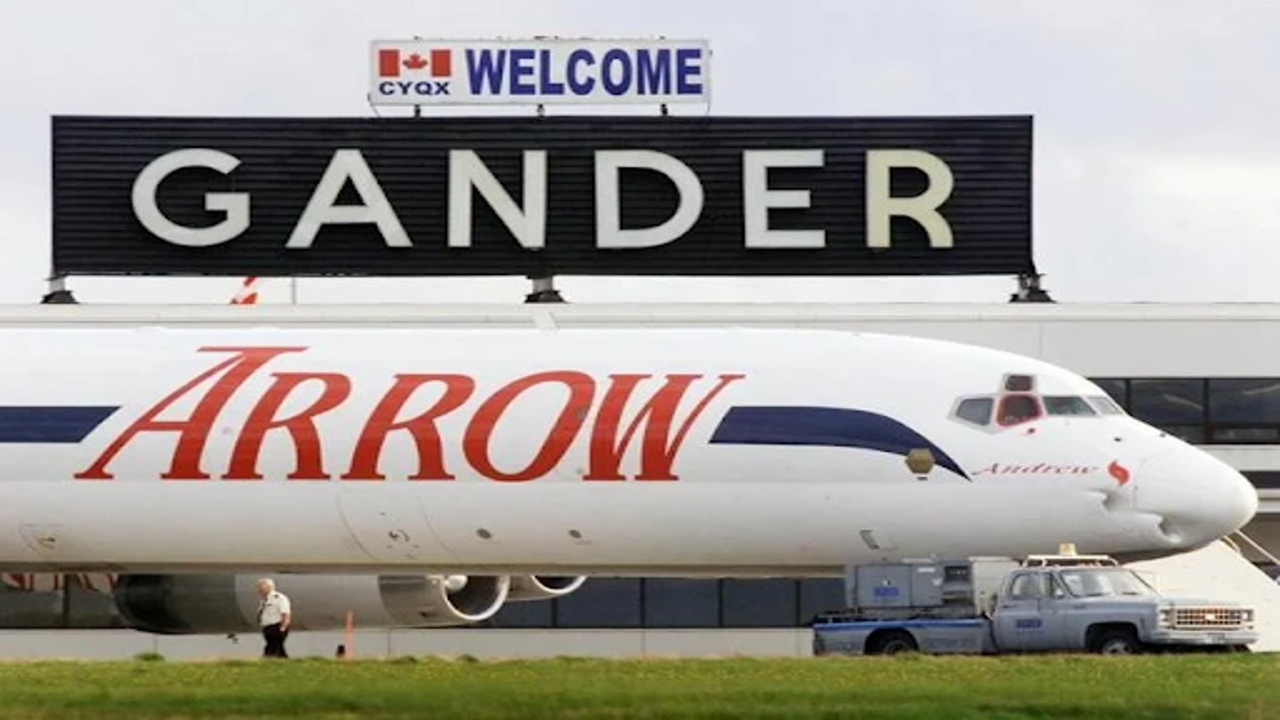
On the brink': Airlines flee small cities, cutting key links to rest of the country. The Canadian Press
MONTREAL — From his office at Gander International Airport, Reg Wright has a clear view of every flight arriving and departing from his small corner of Newfoundland. However, recent years have seen a noticeable decline in these flights.
Wright reflects on the local saying, "the fisherman’s widow," which describes someone who gazes out to sea, hoping for a loved one’s return. During the pandemic, Wright found himself constantly looking out the window, counting flights and hoping for recovery. But the situation remains challenging.
Since 2019, the airport has lost four routes, including a key WestJet flight to Halifax. "A third of our passengers have vanished," Wright says. "We’re far from recovered."
Gander's experience mirrors that of many smaller towns across Canada. While national domestic passenger numbers are nearing pre-COVID levels, flights to smaller communities and mid-sized cities have dwindled. This reduction in service has led to higher fares and less connectivity for many regions.
The 30 largest airports in Canada have seen passenger numbers return to about 98% of pre-pandemic levels, according to the Canadian Airports Council. In contrast, the next 30 airports are operating at just 70% capacity.
The surge in travel is concentrated on major city routes. Flights between Vancouver and Montreal have increased by 19%, Toronto and Vancouver by 12%, Calgary and Vancouver by 10%, and Ottawa and Calgary by a staggering 51% over the past five years, according to aviation data firm Cirium. Despite inflation and fare increases, ticket prices on these popular routes have dropped between 2% and 11%.
However, regional air travel remains significantly below 2019 levels. For example, direct flights between Sault Ste. Marie and Toronto have fallen by 49%, Regina and Calgary by 41%, and flights between Quebec City and Rouyn-Noranda have disappeared entirely. Traveling by road between these cities would take five to seven hours. Meanwhile, fares for these routes have surged, with increases of 54%, 16%, and 173% respectively.
Airports in remote areas play a crucial role in providing essential services, such as medical transport, emergency response, and supply deliveries. Monette Pasher, president of the Airports Council, emphasizes the importance of these connections. "Aviation is vital for keeping our country connected, especially for rural and remote communities," she says.
The lack of regional flights complicates both leisure and business travel, extending travel times and causing longer layovers. Some travelers have begun looking for flights from U.S. cities like Detroit and Bellingham, drawing revenue away from Canadian airlines and airports.
Several factors contribute to the drop in regional flights. The pandemic allowed airlines to update their fleets, focusing on newer, larger planes that are more efficient but operate fewer flights. The shortage of pilots, exacerbated by a decline in flight school enrollments during the pandemic, has also impacted service. "You don’t get pilots overnight," Wright notes. Duncan Dee, former COO of Air Canada, adds that high pilot costs make it difficult to sustain flights with fewer passengers.
Airlines like WestJet and Air Canada have reduced their regional services, with WestJet cutting nearly all short-haul routes east of Winnipeg and Air Canada scaling back in the West. In Cape Breton, residents now have to fly through Montreal or Toronto to reach Halifax after losing their daily flights.
Calls for increased federal funding for small airports are growing. The Airports Capital Assistance Program, which supports upgrades for smaller airports, has been capped at $38 million since 2000. Advocates argue for an increase to $95 million annually.
Some experts suggest looking to the U.S. for solutions, where the Essential Air Service program subsidizes flights to small communities. John Gradek, an aviation management professor at McGill University, believes that more direct support is needed for regional services.
In Gander, where the community's spirit was famously highlighted by the Broadway play Come From Away—which depicted their efforts to accommodate thousands of travelers during 9/11—Wright reflects on the broader picture. "The bustling airports in big cities don’t reveal the struggles faced by rural markets," he concludes.















